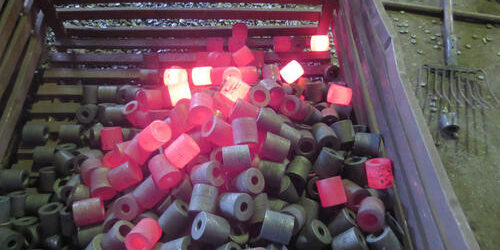Though the aluminum forging process is now increasingly growing popular in the market, most people don’t know that there are different types of forging this metal. In this article, we are actually going to look at three of them. These are the most commonly used forging processes for aluminum and its alloys.
It is also important to note that these processes depend on the kind of products you want to forge, the alloy you are forging, and other factors. Their quality may also differ depending on the manufacturer. So, you need to get a good aluminum forging manufacturer. You can visit here for one of the best manufacturers.
Here are the three main aluminum forging processes:
Open-die forging
The open die forging does not constrain the billet during the forging process. What it does is utilizing flat dies to forge parts. Whether you are planning to forge aluminum blocks weighing up to 200,000 pounds and of whichever length, you can easily work on them using the open-die forging method.
Closed-die forging
Closed-die forging is also widely referred to as impression-die forging. As the same suggests, this forging process is the opposite of open die forging in that it enclosed the material being forged in the dies. This is how it forges the desired machine parts.
One of the biggest benefits of closed die forging is that it can be used to form a range of products. It is widely used for making small parts and products. It is one of the aluminum forging processes that can produce an almost limitless variety of shapes. The forging process can involve two or more dies brought together to form the required shape.
The dies restrict metal flow, which makes it possible to make complex shapes and closer tolerances. The process accounts for the majority of aluminum forging production.
Rolled-Ring Forging
The rolled-ring forging is the most recommended when high strength, circular cross-section forgings are needed. The procedure includes creating a ring preform, shaped like a doughnut, and have several rollers apply pressure on the preform until the desired wall thickness and height are achieved.






